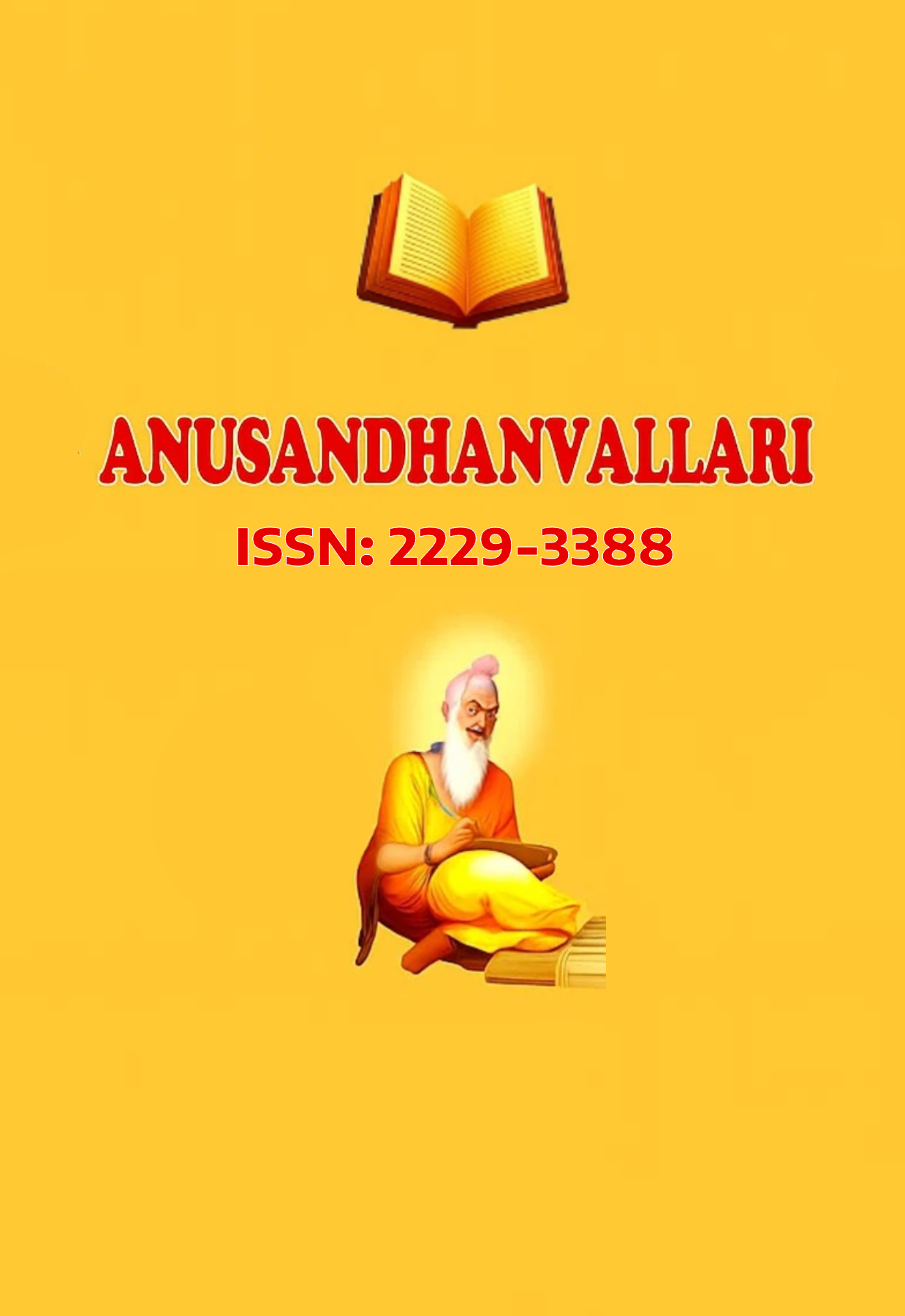Deconstruction of Patriarchy in the Graphic Novels of Amruta Patil: A Derridean Study
Main Article Content
Abstract
A patriarchal social structure is one in which men dominate positions of authority in the political, economic, religious, and cultural spheres. This dominance, which oppresses women while systemically reiterating male privilege, is socially produced rather than biologically determined. The study makes the case that Patil represents a visual counter discourse to ingrained patriarchal and narrative hierarchies by contrasting gendered marginality, mythic authority, and queer embodiment across Patil’s works. Within gendered and mythic contexts, her stories depict self-identity as insurgent assertion rather than as surrender. This paper examines viewpoint of various female characters of Amruta Patil, as well as their fight against patriarchy. The concepts of patriarchy in Amruta Patil’s graphic novels are examined in this paper. Through an analysis of Patil’s works, including “Kari,” “Adi Parva,” “Sauptik,” and “Aranyaka,” the study looks at the hardships and tenacity of women in a patriarchal culture. The study sheds insight on the larger conversation of gender equality in the Indian setting by highlighting the feminist consciousness in her characters and their pursuit of autonomy and self-expression. Patil’s writings present a complex depiction of female lives and hardships while delving deeply into the topic of patriarchy. Her characters strive for strength and personal freedom by questioning social conventions and conventional gender roles. Patil makes a substantial contribution to the feminist conversation in Indian literature with her writings, inspiring readers to consider gender roles and the continuous pursuit of equality. Her books stimulate critical conversations on women's rights and social change in addition to enhancing the literary canon.

